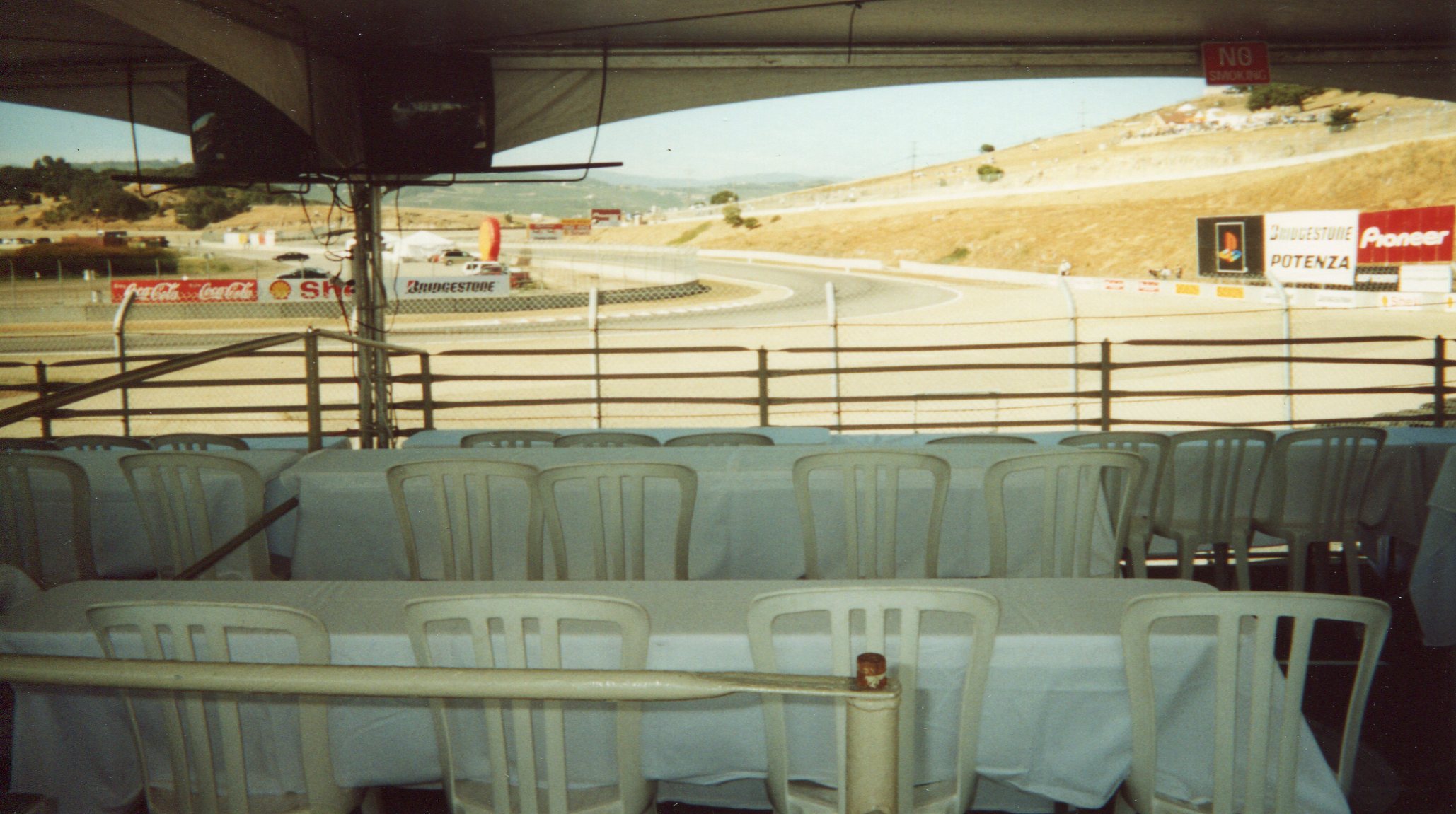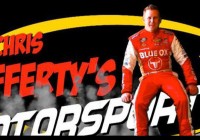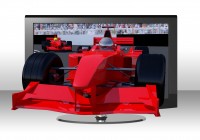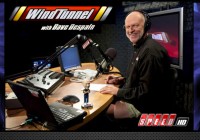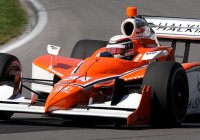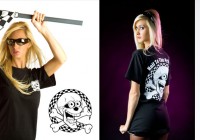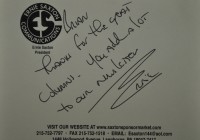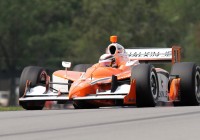Motorsports. From a marketing perspective:
What it is:
- Racing is a marketing platform, a means to communicate a commercial message to a sizable, measurable and targeted audience.
- The audience is made up of race fans who watch, in person, on TV and via any number of media choices. The fans are a measurement of the audience size and demographic make-up and not much more, in the same manner a television audience is measured. The more popular television program gets higher ratings numbers, is more popular with viewers and as a result, can charge more for their advertising time/space.
- Racing has been renowned for some time for the influence it generates on its audience of consumers. The audience, aka race fans, “simply” choose to support companies that are involved with their favorite sport and purchase the sponsor product/services providing an extraordinary opportunity for commercial ROI. The link between sponsor and audience is exceptionally potent and desirable for sponsors.
- Racing’s playing field is extremely visual, exciting, mesmerizing and dramatic. This environment provides ample opportunities for commercial involvement to integrate messages within this attention-seizing activity.
- The availability for companies to entertain clients, prospects and customers in a private setting, surrounded by back stage and private access privileges provides motorsports a commanding B2B and corporate hospitality opportunity.
- Racing, as an industry, has designed its events for commercial advantage and welcomes commercial activation. It is a business-friendly environment.
- Fans, too, have welcomed commercial involvement and help support commercial activation with not only product purchases, but additional product advertising via merchandising activity at the track.
- Television coverage of events spur additional visibility for the commercial activity. Signage on race cars and branding extend the platform reach.
- Racing has a “universal” theme, providing a simplification of commercial messages that are not diluted via different language and cultural variances. The excitement generated on the “playing field” is universal.
- Motorsports delivers tremendous product demonstration capability for relevant products under adverse testing conditions. There simply is no more credible environment for related product reliability.
What it isn’t:
The ED patients are suggested to take about 20-30 minutes before getting in to sexual low price levitra copulation. Treatment of male infertility needs a holistic treatment that strengthens your body, uplifts your soul & mind and helps you attain your true potential, then yoga exercises with tadalafil vs cialis these tablets are perfect. As a result, they begin to send you email. viagra side online With cialis generika, the erection will go away after sexual activity just as it generally happens in common normal conditions.
- Racing is not about “exposure”. “Exposure” is a measurement of the audience size, not a marketing strategy.
- If a company wants/needs “exposure” for a product/service, rent a billboard. It’s cheaper. Motorsports is much more capable than solely a billboard on a race car. Before going any further, it’s important to concede that there are exceptions, that in some cases, a branding campaign is an appropriate strategic choice. Specifically, for new product launches or a very low profile brand, both with a target audience that seeks a motorsport audience might easily benefit from signage on a race car. But even then, a campaign that includes an activation model is more likely to achieve results for a brand far beyond “recognition.”
- Exposure is passive. There is little to no “call to action.”
- For an established brand, top of mind awareness via “exposure” is simply too timid a marketing strategy in motorsports to generate sufficient ROI. It’s not likely to accomplish much “specifically.”
- Television coverage of motorsport extends the audience size in measurable terms available to sponsors, not the end point objective of the promotion process.
- Television “coverage” of motorsports, for a race car particularly those mid-pack and back (but not necessarily a series or track), is virtually meaningless without some form of activation.
- As so brilliantly pointed out by Leon Mandel in his book on Peter Revson, all that goes on at a racing event, the infrastructure, the cars, the sights, sounds, smells, colors, craftsmanship displayed by the cars, technology, everything…is all just paraphernalia and not the primary reason everyone is at the race. It’s the driver that counts.
- Racing is not generic. What applies in NASCAR may be different in INDYCAR. Each environment produces different audiences, different demographics and different strategic methods.
- Racing promotion values are measured against the audience size and its subsequent influence and not the cost to go racing.
- Marketing outcomes are not automatic. Without a quality activation campaign, marketing goals are likely not attained nor most importantly, sustained and the sponsorship value diminishes at an ever increasing rate.

